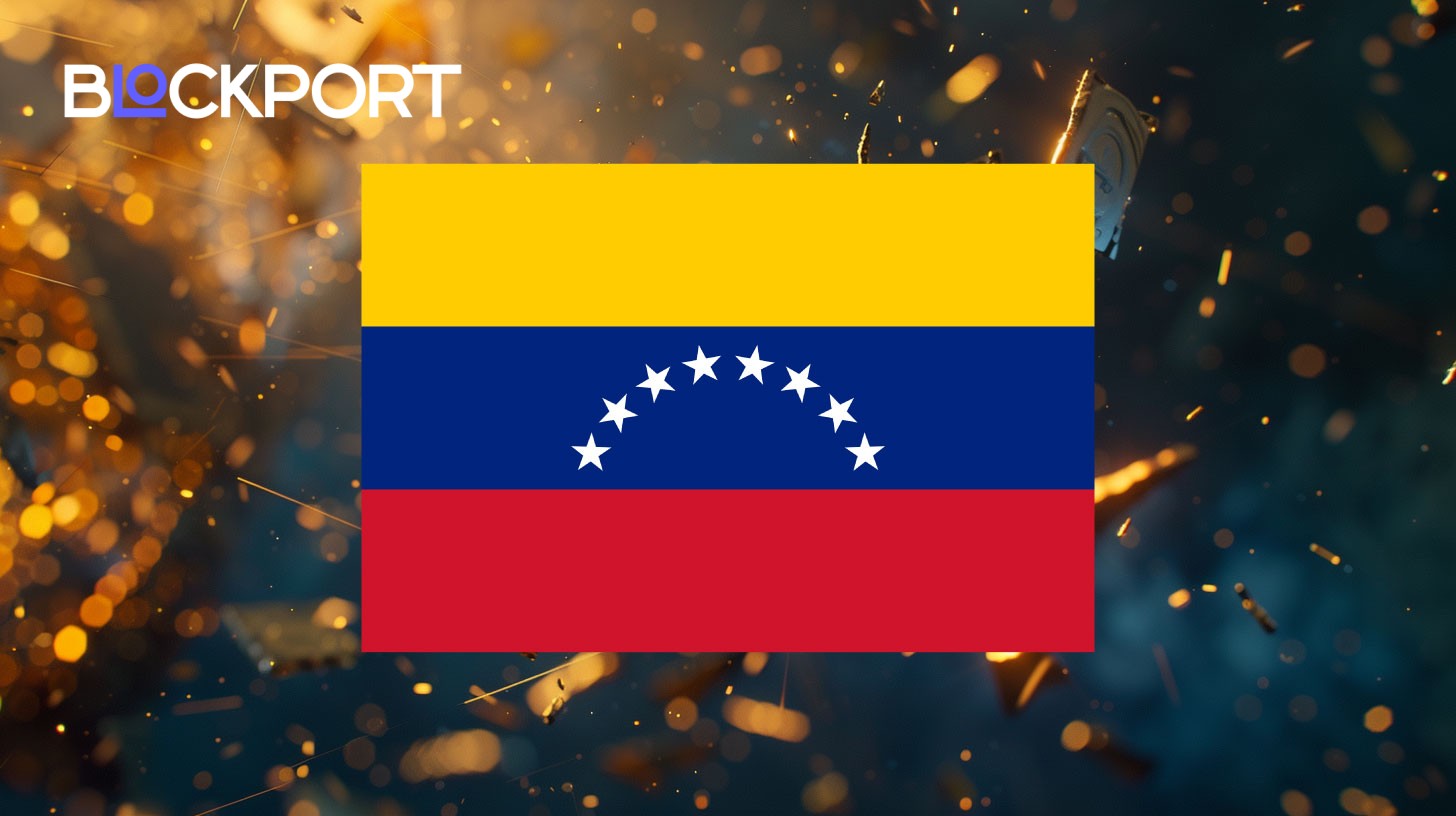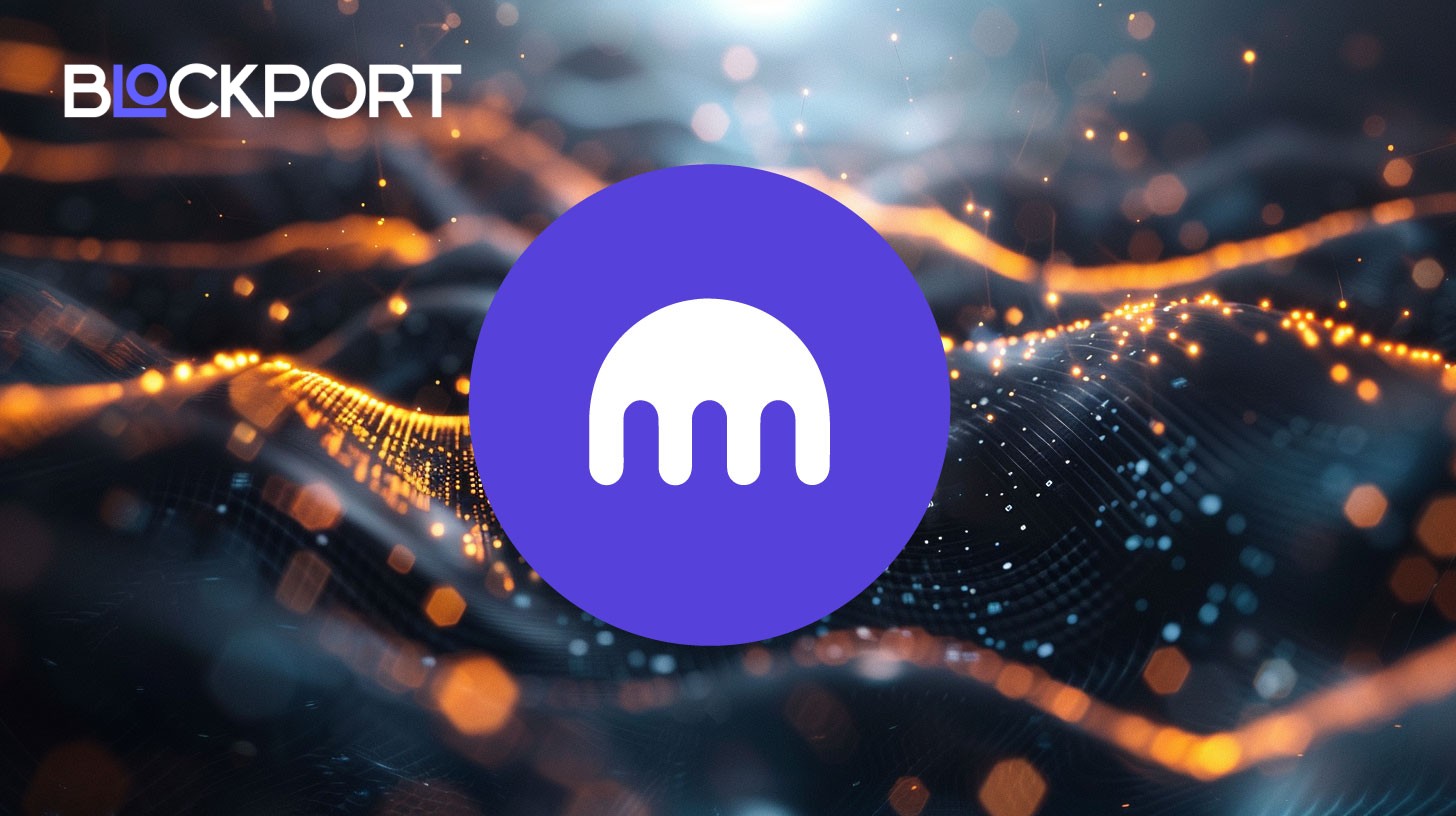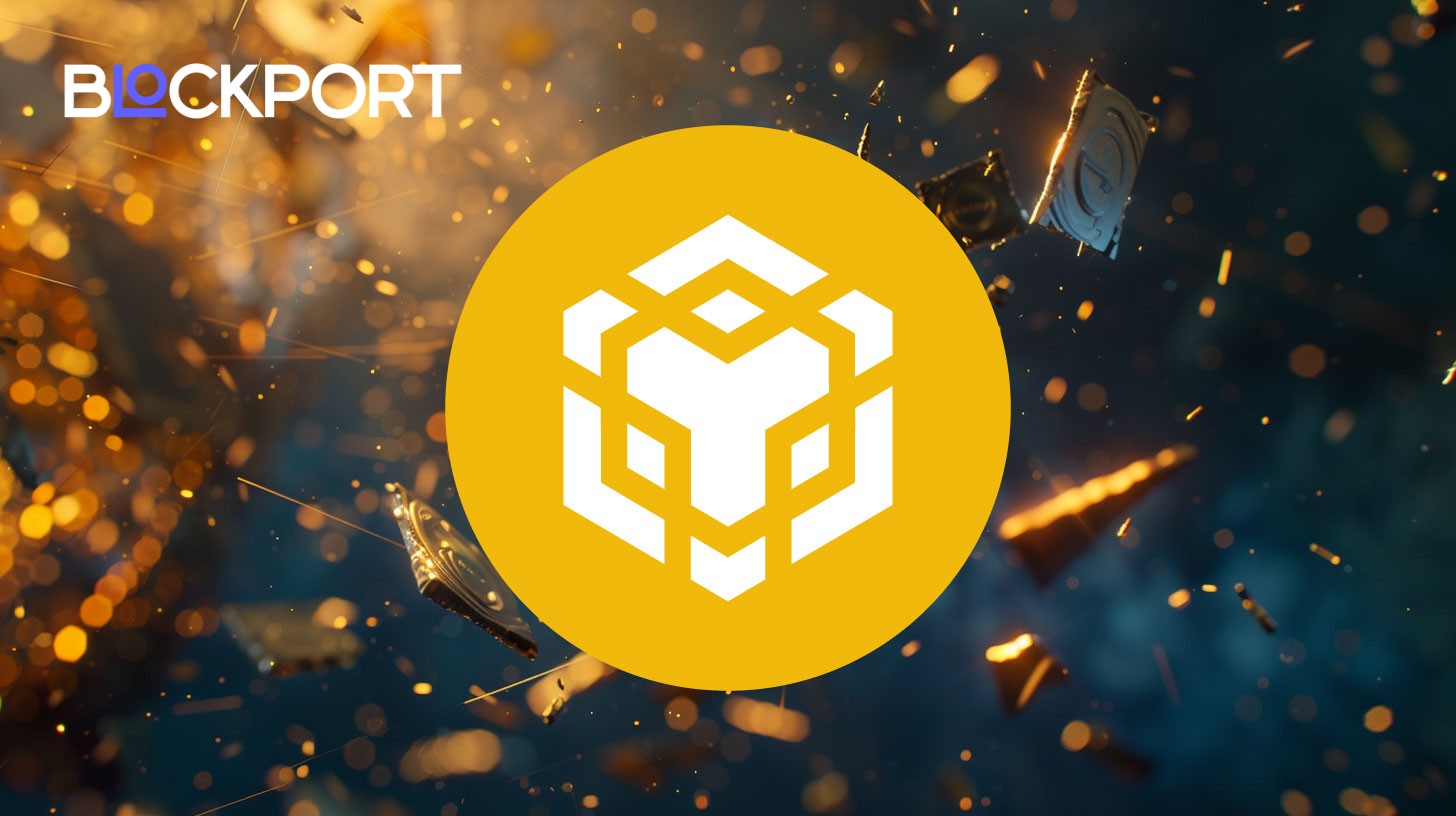End of Crypto’s Wild West? U.S. Senate Finally Finds the Regulatory Formula

The new U.S. Senate bill proposes a hybrid approach to digital asset regulation. Discover how this will change the rules for cryptocurrencies and stablecoins, and what challenges await the industry.
The Regulatory Maze: Why Change Was Inevitable
For a long time, digital assets in the USA operated under legal uncertainty. The absence of unified legislation forced crypto market participants to navigate contradictory regulatory approaches. This created unpredictability, hindered innovation, and prevented the attraction of significant capital. A new bill, introduced by the The Senate proposes a “hybrid approach” to oversight, which promises to be a pivotal stage in forming clear rules for the evolving digital finance sector.
Key Legislation at a Glance:
- Digital Asset Market Clarity Act (HR-3633): defines SEC vs. CFTC jurisdiction
- GENIUS Act: Federal stablecoin regulation framework
- SEC Oversight: Digital securities and investment contracts
- CFTC Oversight: Digital commodities like Bitcoin and Ethereum
Dividing the Territory: SEC vs. CFTC Under the New Framework
The essence of the proposed hybrid approach lies in an attempt to untangle the complex web of jurisdictions by clearly dividing responsibilities between America’s two key financial guardians: the Securities and Exchange Commission (SEC) and the Commodity Futures Trading Commission (CFTC). For decades, the dispute over whether a particular digital asset is a security, subject to strict SEC regulation, or a commodity, falling under CFTC oversight, generated unprecedented uncertainty. This very ambiguity stifled innovation and deterred institutional investors, who feared punitive regulatory measures.
The bill, specifically the “Digital Asset Market Clarity Act” (HR-3633 Clarity Act), aims to end this long-standing confusion by offering clear classification criteria.
For the first time, an attempt is being made to systematize the wild west of digital assets, creating a more predictable environment.
Digital commodities, meaning assets that are not by their nature considered securities (for example, Bitcoin or Ethereum in their decentralized form), will fall under the exclusive jurisdiction of the CFTC. This means that the regulation of digital commodity exchanges, brokers, and dealers will be clearly assigned to this commission. The logic here is simple: if an asset behaves like a commodity (such as gold or oil), then the organization with expertise in that area should regulate it.
The SEC, in turn, will retain its traditional powers over digital assets recognized as securities. This applies to tokens issued as part of investment contracts with the expectation of profit from the efforts of third parties. Moreover, it will receive a certain degree of oversight over digital commodities traded on SEC-regulated platforms. This could create new points of contact and potential friction between the two agencies, requiring an unprecedented level of coordination and information exchange.
The most intriguing aspect is the approach to hybrid digital assets (those that possess characteristics of both a commodity and a security). For these, joint responsibility of both commissions is proposed. This means regulators have finally acknowledged that digital assets often do not fit into the binary categories designed for traditional financial instruments.
Stablecoins Get Their Own Rulebook: The GENIUS Act
In addition to general rules for digital assets, the Senate has also addressed one of the fastest-growing and most important categories: stablecoins.
The “Guiding and Establishing National Innovation for U.S. Stablecoins (GENIUS) Act”, which has already passed the Senate, establishes a comprehensive federal framework for their regulation.
Key requirements include:
- 1:1 backing with high-quality liquid assets (U.S. dollars or Treasury bills);
- Strict prohibition of rehypothecation (re-pledging of assets);
- Enhanced consumer protection measures
Theoretically, this should ensure confidence in stablecoins, which, according to many experts, could bridge traditional finance and the world of decentralized technologies, as well as serve as a foundation for future innovations in payment systems.
The Devil in the Implementation Details
While, at first glance, the hybrid approach seems a reasonable and long-awaited compromise capable of bringing much-needed clarity, the devil, as is often the case in lawmaking, lies in the details. The real effectiveness of this new regime will depend on many factors that could either contribute to its success or become its Achilles’ heel.
How flexible will regulators be in applying these new rules, especially when dealing with the rapidly changing landscape of digital innovation?
Classification Challenges: When Assets Don’t Fit the Mold
Defining parameters such as a project’s “degree of decentralization” or its “functional characteristics” for asset classification could become an endless source of new disputes and subjective interpretations:
- What constitutes a sufficient level of decentralization for an asset to transition from a security to a commodity?
- Will the criteria be strict, or will there be room for discretionary interpretation?
- Will this process be dynamic enough to allow assets to “migrate” between regulatory regimes as they evolve?
- Will it require the creation of new bureaucratic barriers that slow down project development rather than accelerating it?
Imagine a project that starts as a centralized structure (a security) but gradually decentralizes to become a pure commodity. The new law must provide a clear and effective mechanism for such a “migration” to avoid creating legal traps for innovators.
“Ancillary Assets”: Avoiding New “Grey Areas”
The introduction of the concept of “ancillary assets”, also mentioned in some sources, risks creating new “grey areas” instead of eliminating them. “Ancillary assets” refer to digital tokens that are neither full-fledged securities nor pure commodities, but play a specific role within a blockchain ecosystem or decentralized application. Their key feature is that they may not meet traditional definitions of securities (e.g., they do not grant rights to a share in a company or profit from the efforts of third parties) and at the same time are not commodities in the classical sense (like Bitcoin, which is used as a medium of exchange or store of value). Examples of such assets might include utility tokens that grant access to specific platform functions, or governance tokens that allow holders to vote on protocol changes but may not have direct economic value beyond this function.
How will these assets, which do not fit into existing categories but play an important role in the ecosystem, be regulated? Excessive categorization, without clear and flexible rules for intermediate forms, could only exacerbate existing confusion.
Nevertheless, the public has enthusiastically embraced the onset of a transparent regulatory movement that favors innovation and provides much-needed clarity.
The experience of regulating rapidly developing technologies often shows that overly rigid rules always slow down development, forcing talented startups and developers to seek more favorable jurisdictions. Will the U.S., with this new “hybrid” approach, be able to maintain its leading position in the world of digital assets, or will the complex regulatory burden lead to an outflow of specialists and capital to other regions, such as Asia or the UAE, where more progressive regulatory models are already being developed?
The main task facing legislators and regulators is to find a delicate balance between robust investor protection and active innovation. If the new law can achieve this critical equilibrium and create a flexible, predictable, and transparent environment, it can indeed strengthen the U.S.’s position as a leader in the blockchain industry. Otherwise, if it turns out to be merely a more complex version of old restrictions, the digital market will likely continue to seek its path outside the boundaries of American regulation.
Content on BlockPort is provided for informational purposes only and does not constitute financial guidance.
We strive to ensure the accuracy and relevance of the information we share, but we do not guarantee that all content is complete, error-free, or up to date. BlockPort disclaims any liability for losses, mistakes, or actions taken based on the material found on this site.
Always conduct your own research before making financial decisions and consider consulting with a licensed advisor.
For further details, please review our Terms of Use, Privacy Policy, and Disclaimer.



























